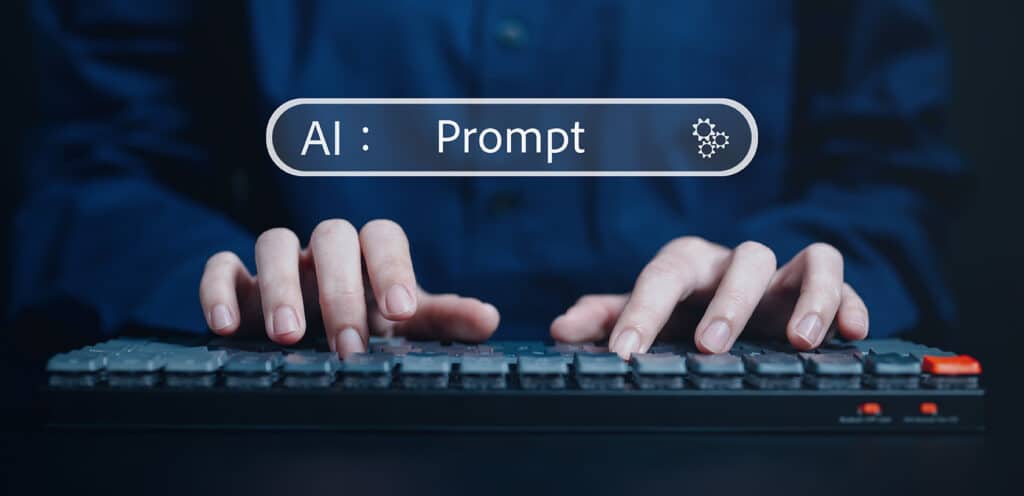How to Think About RPA for Financial Services Organizations
For a majority of companies – especially financial institutions – dealing with confidential and sensitive information is a daily occurrence. Should there be a system breach, these organizations could face hefty fines, stiff penalties and even criminal prosecution — not to mention damaged credibility in the eyes of the public. That’s where an RPA in financial services solution comes in.
Robotic Process Automation (RPA), an enterprise software technology that’s designed to automate processes and boost productivity through the use of a Digital Workforce, can help maintain regulatory compliance and infrastructure security, which is good news for financial institutions.
In fact, more and more financial services companies are leveraging both RPA and artificial intelligence to help them mitigate the risks of scaled theft or fraud and ensure that cyber attacks like malicious corruption of data, denial of service and other threats become a thing of the past.
Security, Oversight and Governance for Digital Workers
If you are involved in financial services, you already understand the need for constant vigilance. In addition to ransomware, malware and other external threats, you must also guard against the unscrupulous behavior of employees. And while most individuals act with honesty and integrity, the reality is that a single bad apple can have devastating and disproportionate consequences for your entire organization, especially if the individual has a configurable and flexible Digital Workforce at their fingertips.
Therefore, if you’re considering implementing RPA at your organization, it’s imperative that you have the same security, oversight and governance of your digital workforce as you do for your human workforce.
At KeyMark, we understand these challenge, and our RPA partner Blue Prism does too, incorporating a long list of thoughtful security controls into its software. These features include:
- Centrally managed user access control which limits access to named individuals only
- Role-based access according to the principle of least privilege
- Multi-actor security – no individual can make changes without secondary approval
- A complete retrospective audit/changelog of all activity so that accountability and responsibility are made fully visible
- Segregation of environments with separate controls governing each
- Infrastructural security – a controlled runtime environment that is free from interference, casual inspection or tampering
Leveraging RPA as a Deterrent Against Misuse
At the risk of stating the obvious, we’ll say it anyway: one of the best ways to avoid fraudulent behavior is by preventing it from ever happening in the first place.
What we mean is that, when implementing RPA technology at your organization, it’s important to take the opportunity to communicate the likelihood of any and all perpetrators being caught and, equally important, the likelihood of them being held to account once caught. That’s because understanding the likelihood of getting caught has proven to be a strong deterrent in criminal behavior.
After all, security alone is not sufficient in preventing fraudulent behavior. While a multi-layered security approach can increase the difficulty of tampering with sensitive data, as well as limiting control and access should a breach occur, it still does not provide a mechanism through which perpetrators can be held accountable or errors can be corrected.
Blue Prism’s approach to RPA in financial services solves this challenge by ensuring a strong audit trail and, thus, eliminating the possibility that users could overcome or defeat it.
Four Key Attributes to a Strong Audit Trail
Ultimately, the quality and integrity of the audit trail will determine the strength of the disincentive to compromise it. For an audit trail to be successful, it should have four specific attributes, including:
1. Integrity
Ideally, an audit trail should be system-generated to have the utmost integrity. User-generated audit trails are less secure as the user can choose to omit details, indeed “forget” to create one or deliberately deceive by creating a false audit trail.
2. Centralized Management and Security
The audit trail should be held centrally and securely to prevent both loss and corruption. Typically, user-generated audit trails are vulnerable to post-hoc tampering or accidental loss because they lack formality and enterprise-level design, oversight and management.
3. Immutability
It should not be possible to delete or tamper with the audit trail in any way, even by a system administrator. By ensuring immutability, companies have a clear and unchangeable record of all sensitive and confidential data.
4. Completeness
It’s important that the audit trail is complete in every way. Otherwise, the audit trail carries little value. The gaps lead to uncertainty as to what may have taken place in the interim, raising questions and undermining potential legal cases. With an RPA in financial services solution, there is no need to worry about inaccuracies leading to these kinds of gaps.
If an audit trail does not exhibit the four above characteristics, it becomes repudiable: that is, people can challenge its accuracy, claim that it is misleading or incomplete, or simply deny any and all involvement.
What To Look for in an RPA Solution
With cyberattacks and breaches on the rise, organizations simply cannot afford to take risks on subpar documentation. Should a serious breach or error occur, it is vital there is a strong audit trail to prove what happened and who or what caused it.
Blue Prism’s Digital Workforce platform was built to help financial leaders securely and efficiently automate financial processes to eliminate the risk of errors, improve turnaround times and ensure that, should something go wrong, you and your business are covered. Together, we can help you create a clear audit trail that has everything you need – integrity, security, irrevocability and completeness – to protect both your people and your organization.
Your Financial Services RPA Partner
At KeyMark, we understand that implementing the right RPA technology isn’t enough – you need to have the right partner helping you through it. We’re ready to answer all of your RPA questions and help you plan, design and implement a rock-solid audit trail that protects your organization now and in the future. Contact us to start the conversation.
RPA in Financial Services eBook
Want to learn even more about robotic process automation at work in the financial services industry? Check out our free eBook RPA in Financial Services: Your Guide to Increased Productivity.
Take the Next Step
We can help you decide pretty quickly whether this would be a good fit for your organization. With 20+ years of experience in automation, we just need about 5 minutes of Q&A.



